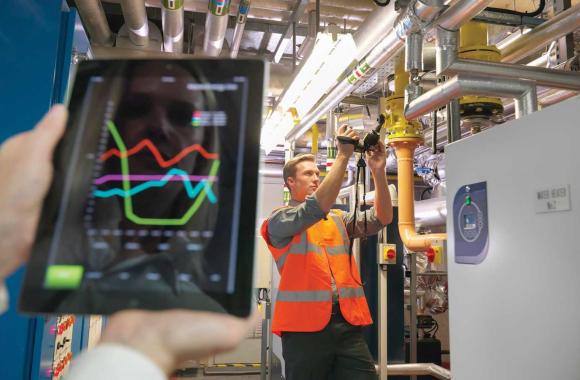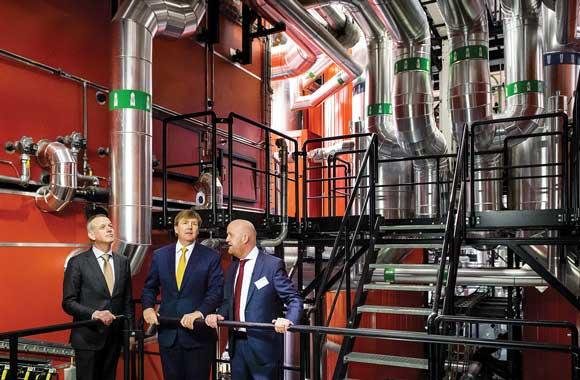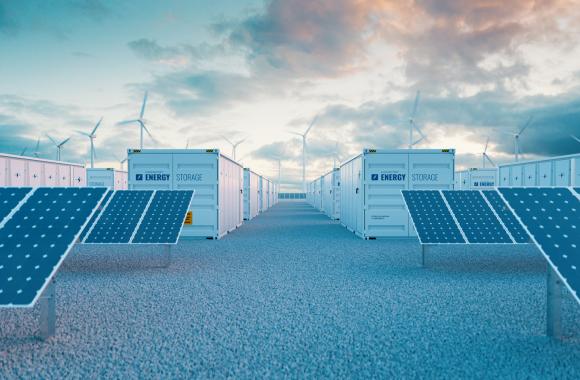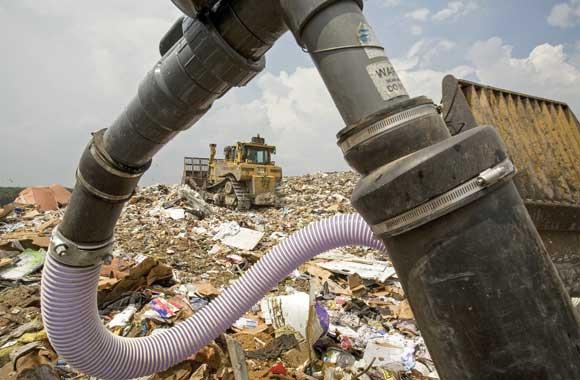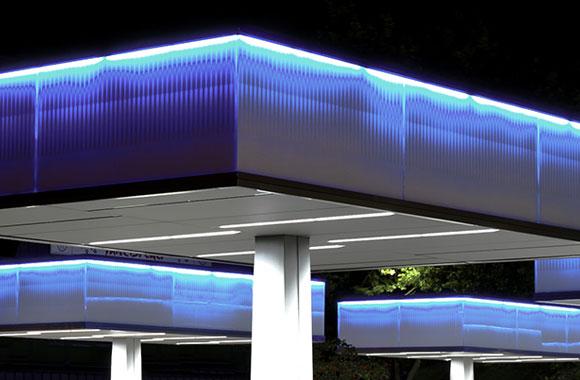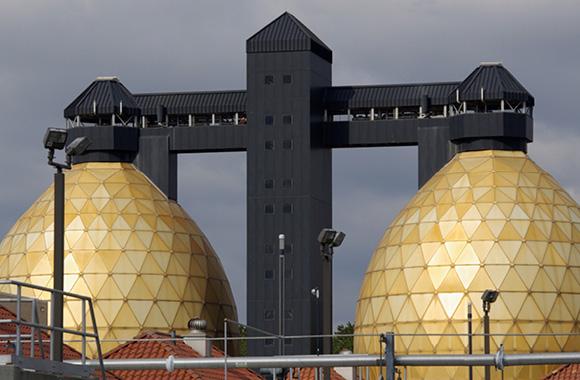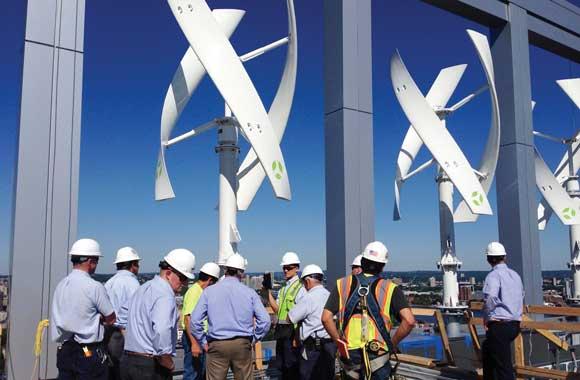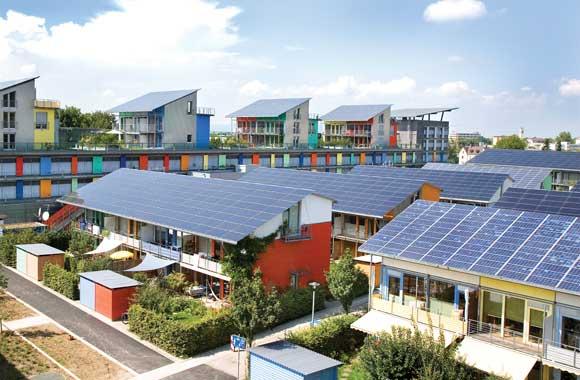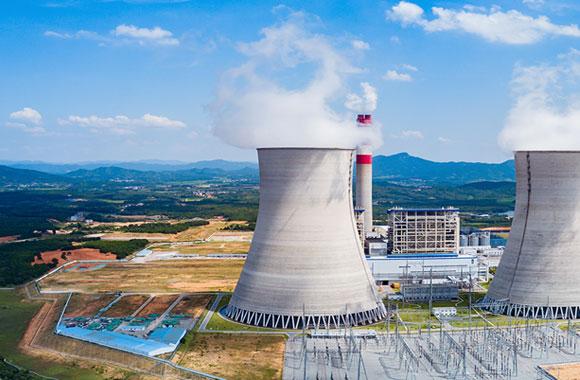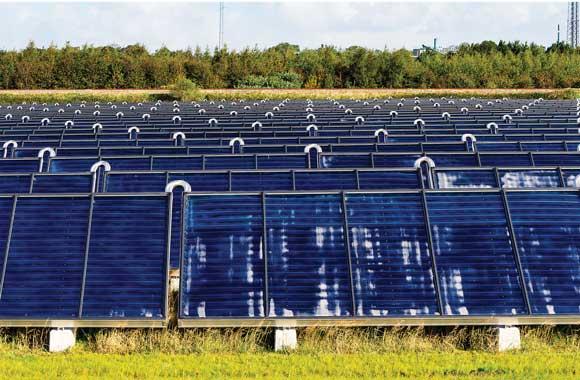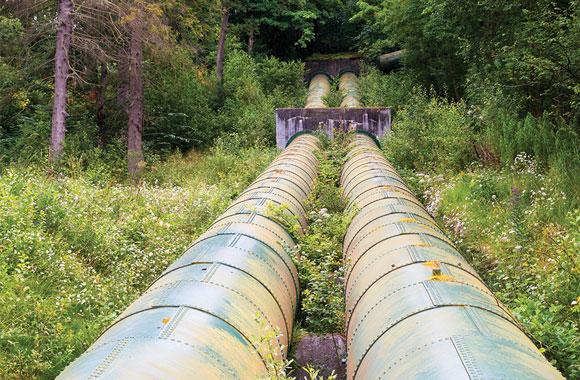Waste to Energy
Waste-to-energy processes burn waste to produce heat and/or electricity. This reduces greenhouse gas emissions but creates health and environmental risks.
Reduced/Sequestered
2020–2050
To Implement
Operational Savings
Impact
Converting waste to energy could avoid 6.27–5.24 gigatons of greenhouse gas emissions by 2050 due to reduced methane emissions from landfills and reduced demand for fossil fuels. Considering the disadvantages, this is a transition solution—one that will decline as preferable waste-management solutions, including zero waste, composting, and recycling, become more widely adopted. Nevertheless, generation of electricity from waste-to-energy plants could grow from the current estimated 140 terawatt-hours to 340.32–104.92 terawatt-hours, depending on 2050 total electricity generation needs.
Introduction
Our first responsibility with respect to waste is to minimize it. Once we’ve done what we can to reduce, recycle, and reuse, we still have to do something with the residual. Converting waste to energy through incineration, gasification, or pyrolysis is a trash management strategy that can also reduce greenhouse gas emissions by reducing methane generation from landfills and releasing energy that can substitute for that generated by fossil fuels. However, it also can contaminate air, water, and land with toxic pollutants.
Project Drawdown’s Waste to Energy solution involves the combustion of waste to produce electricity and usable heat. It replaces conventional electricity-generating technologies such as coal, oil, and natural gas power plants. The magnitude of impact varies substantially depending on the baseline used. Key considerations include the caloric content of waste, the waste's methane generation potential, likely alternative disposal pathways, and the fossil fuels being displaced.
Conversion of waste to energy has seen wide adoption in Europe, the US, and Japan, and adoption is growing rapidly in China. Organisation for Economic Co-operation and Development (OECD) countries are most likely to see significant growth in market penetration moving forward. The primary barriers are high capital cost and the unreliable availability of municipal solid waste with a high heating value.
We consider waste-to-energy a “transition solution.” It can reduce greenhouse gas emissions, but social and environmental costs are high. It can help move us away from fossil fuels in the near term, but is not part of a clean energy future.
Methodology
We present waste-to-energy adoption in two ways: in terawatt-hours of electricity generation and in metric tons of waste produced.
Total Addressable Market
We based the total addressable market for the Waste to Energy solution on projected global electricity generation from 2020 to 2050. The total addressable market is different for our two scenarios because Scenario 2 projects extensive electrification of transportation, space heating, etc., dramatically increasing demand and therefore production of electricity worldwide.
We estimated current adoption (the amount of functional demand supplied in 2018) at 0.54 percent of generation (142 terawatt-hours).
Adoption Scenarios
We calculated impacts of increased adoption of waste-to-energy from 2020 to 2050 by comparing two scenarios with a reference scenario in which the market share was fixed at current levels.
- Scenario 1: We based this scenario on the average yearly adoption of six custom scenarios derived from conservative adoption scenarios from the International Energy Agency (IEA, 2016a) ETP 4DS and 6DS, Greenpeace (2015) Energy [R]evolution and Advanced Energy [R]evolution scenarios, and different scenarios supported on the methodology suggested by Monni et al. (2006), applying different caps to waste-to-energy use. The solution supplies 340.32 terawatt-hours of electricity in 2050 (1 percent of total generation).
- Scenario 2: We based this scenario on the average yearly adoption of two custom scenarios derived from IEA (2016a) ETP 2DS and IEA (2016b) ETP Annex 1 methodology. The solution supplies 104.92 terawatt-hours of electricity in 2050 (<1 percent of total generation).
Emissions Model
Our assessment provided a regionally explicit forecast of waste-to-energy adoption and climate impacts, in terms of avoided methane and carbon dioxide emissions. We used the first-order decay method recommended by the Intergovernmental Panel on Climate Change (IPCC) to estimate total emissions reduction for conversion of waste to energy compared with sending the waste to a landfill.
Financial Model
All monetary values are presented in 2014 US$.
The financial inputs used in the model assume an average installation cost of US$6,795 per kilowatt. Since waste-to-energy conversation using incineration is a mature technology that has been in widespread use in OECD countries for decades, we applied a learning rate of 2 percent to first costs. We used an average capacity factor of 77 percent for waste-to-energy plants (based on historical data), compared with 57 percent for conventional technologies. We used fixed operation and maintenance costs of US$304.9 per kilowatt for waste-to-energy systems, compared with US$34.7 per kilowatt for conventional technologies.
Integration
We adjusted the total addressable market to account for reduced demand resulting from the growth of more energy-efficient solutions (e.g., LED Lighting and High Efficiency Heat Pumps) as well as increased electrification from other solutions, such as Electric Cars and High-Speed Rail. We calculated grid emissions factors based on the annual mix of different electricity-generating technologies over time. We determined emissions factors for each technology through a meta-analysis of multiple sources, accounting for direct and indirect emissions.
Adoption of the Waste to Energy solution is limited by the availability of municipal solid waste as a feedstock. This is a function of adoption of other waste management options, and is determined by our waste integration models. Landfill Methane Capture, Methane Digesters, Recycling, and Composting solutions all could affect the waste available for the Waste to Energy solution. The lower adoption trajectory in Scenario 2 is a result of the more substantial adoption of higher-priority solutions than in Scenario 1.
We converted metric tons of waste to terawatt-hours of electricity produced by multiplying an estimated heating value of waste and average efficiency of waste-to-energy plants.
Results
Scenario 1 avoids 6.27 gigatons of carbon dioxide equivalent greenhouse gas emissions. The net first cost to implement is US$244.81 billion from 2020 to 2050, and the lifetime net operational cost is around US$79.08 billion.
Solution adoption is lower in Scenario 2 than in Scenario 1 because preferred Project Drawdown solutions have higher adoption. Scenario 2 results in carbon dioxide equivalent emissions reductions of 5.24 gigatons with a US$156.08 billion net first cost of implementation and US$10.32 billion in lifetime net operational costs.
Discussion
While preferable to landfilling, waste-to-energy conversion is seen as a bridge technology before other preferable waste management options become fully possible. Island nations may continue to use waste-to-energy conversation as an alternative to landfilling—employing more advanced technologies, such as plasma gasification, to limit the negative impacts.
Promotion of the Waste to Energy solution will be most successful where waste disposal and electricity costs are high and capital is readily available. Waste-to-energy conversion should be promoted appropriately in each region’s context, within a broader framework of integrated solid waste management. This is all the more important given the potentially significant public health risk that insufficiently regulated waste-to-energy conversion can pose (and historically has posed) to nearby communities. When appropriately strict pollution controls are in place, and when landfilling is a likely waste disposal alternative, waste-to-energy conversion will continue to provide an opportunity for societally beneficial greenhouse gas emissions reduction.
New waste-to-energy research in Europe and the US is relatively sparse as a result of the technology’s maturity. More active research is ongoing in East Asia and other regions. In general, research focuses on new technologies such as gasification, pyrolysis, and plasma-arc gasification. While these technologies are common in Japan, they have yet to become mainstream elsewhere.
References
Greenpeace. (2015). World Energy [R]evolution, a sustainable world energy outlook. Retrieved from: http://www.greenpeace.org/international/Global/international/publications/climate/2015/Energy-Revolution-2015-Full.pdf
IEA. (2016a). Energy Technology Perspectives 2016 - Towards Sustainable Urban Energy Systems. International Energy Agency. OECD/IEA, Paris, France. Retrieved from: https://www.iea.org/publications/freepublications/publication/EnergyTechnologyPerspectives2016_ExecutiveSummary_EnglishVersion.pdf
IEA. (2016b). Annex I: Municipal solid waste potential in cities. Retrieved November 14, 2016, from http://www.iea.org/media/etp/etp2016/AnnexI_MSWpotential_web.pdf
Monni, Suvi, Riitta Pipatti, Antti Lehtila, Ilkka Savolainen, and Sanna Syri. (2006). Global Climate Change Mitigation Scenarios for Solid Waste Management. VTT Publications 603. Espoo. https://www.vtt.fi/inf/pdf/publications/2006/P603.pdf
What You Can Do
Pay attention to the amount of trash you produce. Reduce it as much as you can.
If a waste-to-energy facility serves your community, make sure it meets pollution standards.
- Expand your knowledge by exploring another Drawdown solution.
Co-benefits
Using waste as an energy source reduces the space needed for landfills.



